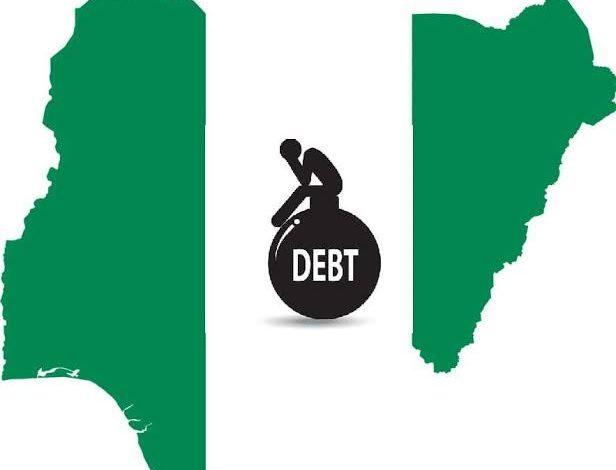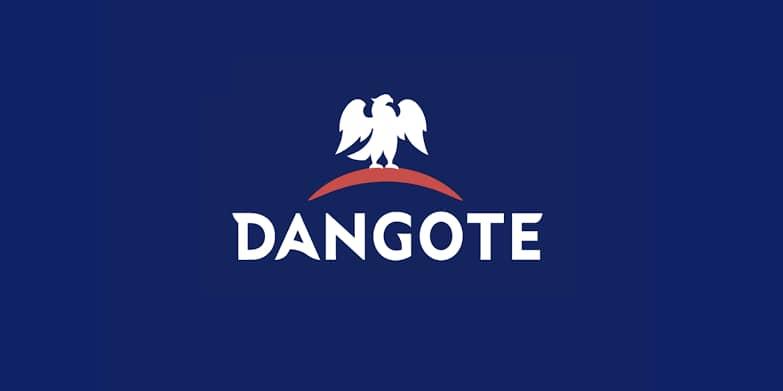Nigeria’s total public debt stock has risen to N149.39 trillion as of March 31, 2025, marking a sharp increase of N27.72 trillion or 22.8 per cent when compared to N121.67 trillion recorded in the same period last year.
The latest figures, released by the Debt Management Office (DMO) on Friday, also show a quarterly increase of N4.72 trillion or 3.3 per cent, up from N144.67 trillion as of December 31, 2024.
According to the DMO, the continued rise in the debt profile is mainly due to fresh borrowings by the Federal Government and the depreciation of the naira, which has significantly inflated the naira value of external loans.
“This development reflects the impact of new borrowing to fund budget deficits as well as exchange rate movements,” DMO said.
The figures come at a time when Nigeria continues to face fiscal pressures and remains heavily reliant on both domestic and external borrowing to meet public spending obligations.
Currency depreciation deepens burden
As of the end of the first quarter of 2025, Nigeria’s external debt stood at N70.63 trillion, equivalent to about $45.98 billion. This is up from N56.02 trillion or $42.12 billion recorded in the same period last year, a jump of N14.61 trillion or 26.1 per cent year-on-year.
Compared to the last quarter of 2024, the external debt rose marginally from N70.29 trillion, reflecting a quarterly growth of just N344 billion or 0.5 per cent.
Interestingly, while the debt rose by only $3.86 billion in actual dollar terms over the year, the depreciation of the naira significantly exaggerated the size of the debt in local currency terms.
For comparison, the Central Bank of Nigeria (CBN) used an exchange rate of N1,330.26 to $1 in converting foreign debt in Q1 2024. Although the exact rate used for Q1 2025 was not disclosed, the increase in naira terms suggests that a weaker exchange rate was applied.
The DMO noted that Nigeria’s external loans are sourced from multilateral lenders such as the World Bank and the African Development Bank, bilateral arrangements, and commercial instruments like Eurobonds.
Analysts, however, warned that the rising cost of external debt servicing, worsened by currency depreciation, poses a serious challenge for Nigeria’s already strained finances. “The exchange rate effect is a key driver of the external debt surge,” one Lagos-based analyst said.
Read also: NLNG commissions a $500k medical lab in Bauchi Teaching Hospital
Domestic debt: government turns more to local market
On the domestic front, Nigeria’s debt stock rose to N78.76 trillion (about $51.26 billion) as of March 2025, up from N65.65 trillion (about $49.35 billion) in the same period of 2024. This represents a year-on-year increase of N13.11 trillion or 20 per cent.
Between December 2024 and March 2025 alone, the domestic debt rose by N4.38 trillion or 5.9 per cent, up from N74.38 trillion.
Out of the total domestic debt, the Federal Government accounted for N74.89 trillion, while the combined debt of the 36 states and the Federal Capital Territory (FCT) stood at N3.87 trillion.
This marks a slight decline in state-level debt from N3.97 trillion in December 2024 and N4.07 trillion in the same quarter of 2024, a possible sign of improved debt servicing or reduced borrowing by subnationals.
Nigeria’s domestic borrowings include Federal Government Bonds, Treasury Bills, Sukuk, and Green Bonds, which are used primarily to plug budget deficits.
Debt structure shifts in currency risks
As of the first quarter of 2025, Nigeria’s total debt composition was nearly balanced: 52.7 per cent domestic and 47.3 per cent external. This compares with 54 per cent domestic and 46 per cent external in March 2024.
The increase in the external component, especially in naira terms, reflects the country’s heightened exposure to exchange rate fluctuations, which has become more evident following the recent weakening of the naira.









